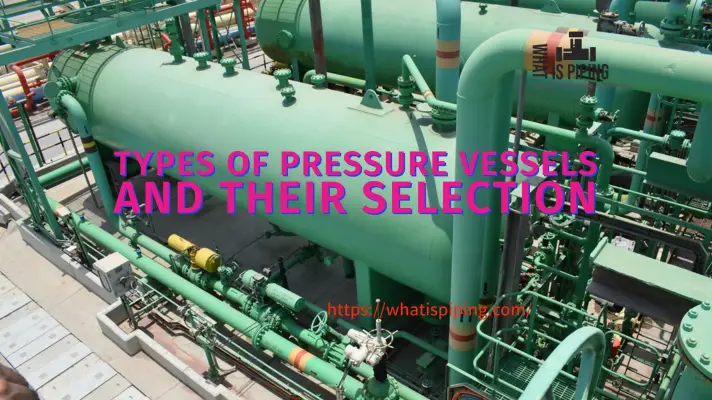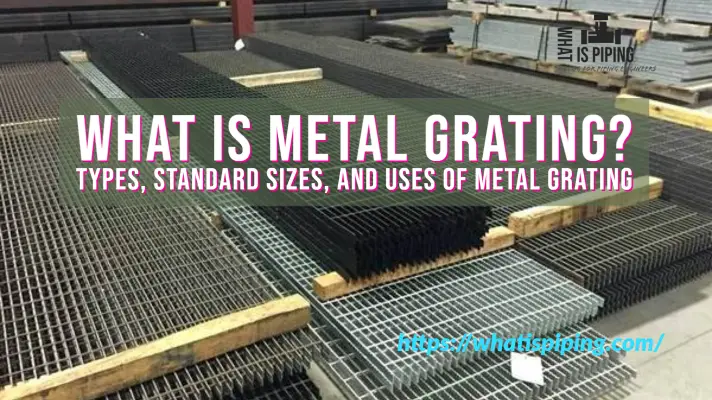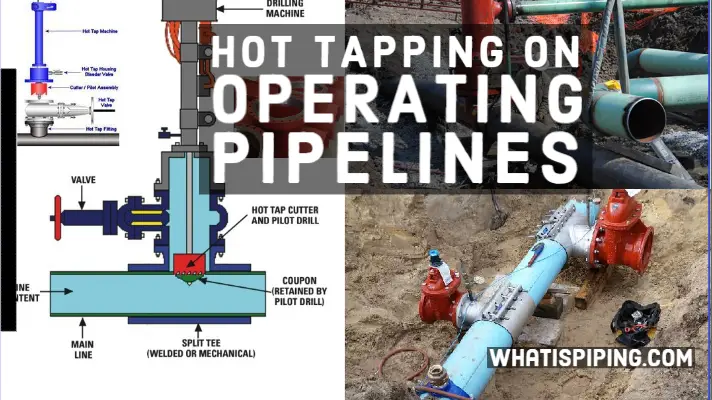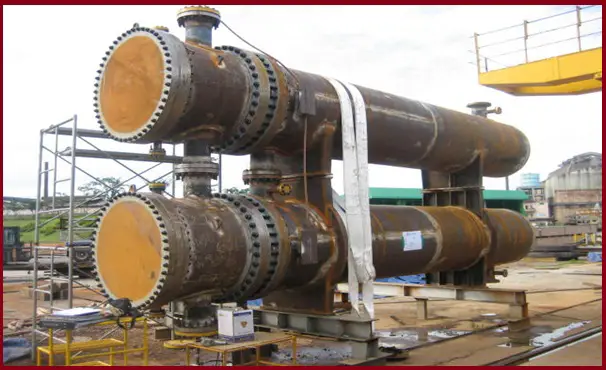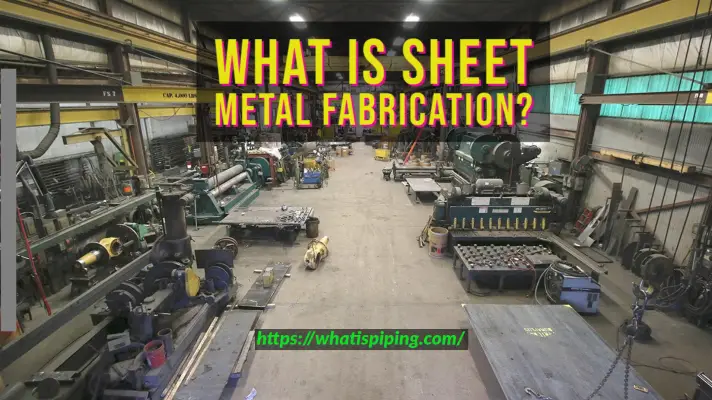Welding repair is one of the frequently used hot working methods in process industries. For industries relying on heavy equipment such as pressure vessels, the welding repair method is indispensable for maintaining operational integrity and safety. As it involves heat, pressure, and filler materials; specialized skills and knowledge are paramount for performing accurate welding repair. In this article, we will discuss the nuances of the welding repair process, explaining the fundamentals, techniques, procedures, and standards associated with welding repair.
What is Welding Repair?
Welding repair stands as a pivotal method employed to rectify damaged metal components within industrial equipment. It involves the meticulous removal of damaged material, often through arc gouging, followed by the welding of replacement metal to restore structural integrity. This process creates a robust bond by subjecting both sides of the repair area to high-temperature heat until they reach their melting point, ensuring a seamless connection.
For the Oil and Gas industries, where pressure equipment is frequently used, welding repair acts as a vital technique. Depending on the nature of the damage and the type of metal being used, the repair welding technique and process may vary. ASME PCC-2 provides detailed guidelines for repairing pressure equipment.
Welding Repair Techniques
Guided by ASME PCC-2, several endorsed techniques cater to different metals and damage types:
- Shielded Metal Arc Welding (SMAW): Versatile and widely used, SMAW employs a consumable electrode coated with flux to weld various metals and alloys with precision and strength.
- Gas Tungsten Arc Welding (GTAW or TIG): Renowned for its precision, TIG welding utilizes a non-consumable tungsten electrode and often requires a separate filler metal to join metal parts, making it ideal for intricate repairs.
- Gas Metal Arc Welding (GMAW or MIG): GMAW, utilizing a continuous wire electrode and shielding gas, offers rapid and efficient welding, making it suitable for large-scale industrial repairs.
- Flux Cored Arc Welding (FCAW): FCAW employs a tubular wire containing flux to provide a protective gas shield and additional filler metal, making it versatile for diverse metal types and repair scenarios.
- Submerged Arc Welding (SAW): With its high deposition rates and deep penetration, SAW is commonly utilized in heavy industrial applications, employing granular flux to shield and provide additional filler metal for robust repairs.
Welding Repair Procedures
Stringent procedures ensure adherence to quality and safety standards throughout the repair process:
Preparation for Welding:
Prioritizing safety, thorough cleaning, disassembly, and protection of adjacent machinery are paramount. Proper alignment markers, preheating, cutting, and gouging set the stage for effective repair.
Repair Welding:
Executing the prescribed welding procedure with precision and care, ensuring proper equipment, materials, alignment, and sequences. Consistent inspection maintains weld quality throughout.
Postweld Operation:
Inspection for quality, comprehensive cleanup, repainting, and meticulous reassembly of components ensure the integrity and longevity of the repaired equipment.
Steps for Successful Repair Welding
Repair welding involves a series of meticulous steps to ensure the effective restoration of damaged metal components. Here’s a detailed breakdown of the repair welding process:
Welding Procedure Preparation:
Before commencing repair welding, it’s crucial to have the welding procedure readily available. This document outlines the specific welding process and joint technique required for the repair. Common techniques include arc welding, gas welding, and TIG welding. The following video clearly explains the method of welding repair
Welding Equipment Setup:
Ensure sufficient welding equipment is available to avoid delays in the repair process. This includes welding machines, holders, grinders, wire feeders, cables, and other necessary tools. Standby equipment may also be necessary to address any unforeseen issues.
Material Preparation:
Adequate materials, including filler metals stored properly, should be accessible for the entire repair job. This includes insert pieces, reinforcing pieces, and other materials required for the repair. Additionally, ensure the availability of fuel for preheating, shielding gases if used, and fuel for engine-powered welding machines.
Alignment Markers Placement:
Alignment markers may be employed before welding to ensure proper alignment of the components being repaired. These markers, often simple center punch marks made across the joint at different locations, aid in maintaining alignment throughout the welding process.
Welding Sequences Determination:
Determine the appropriate welding sequence for the repair job. This could include block welding, back-step sequence welding, wandering sequence welding, or peeling, depending on the nature of the repair and the welding procedure specified.
Weld Quality Inspection:
Throughout the welding process, continuously inspect the quality of the welds being produced. Ensure that the final weld is smooth and free from any defects such as notches or lack of fusion. If necessary, perform grinding to maintain smooth contours and ensure structural integrity.
Standards Governing Welding Repair
Adherence to standards is essential for safety, quality, and compliance. The most common codes and standards that are followed for repair welding techniques are
- ASME B31.3 – Process Piping: Addressing design, fabrication, inspection, and testing of process piping systems, including welding processes, to ensure industry compliance and safety.
- ASME BPVC Section VIII – Rules for Construction of Pressure Vessels: Outlining welding and fabrication requirements for pressure vessels across industries, emphasizing structural integrity and performance.
- ASME PCC-2: Providing comprehensive guidelines for repairing pressure equipment, offering effective solutions and steps for utilizing repair welding techniques in compliance with industry standards.
The Need for Welding Repair and Maintenance
Welding repair and maintenance play a crucial role in ensuring the longevity, reliability, and safety of industrial equipment across various sectors. Here’s why welding repair and maintenance are indispensable:
Equipment Longevity:
Welding repair and maintenance are essential for extending the lifespan of industrial equipment. According to a report by MarketsandMarkets, the global industrial machinery market size is projected to reach USD 771.5 billion by 2026, indicating a significant investment in machinery across industries. Regular maintenance and timely repair of components through welding help prevent premature failure and extend the operational life of machinery.
Safety Compliance:
Safety is paramount in industrial settings, especially in sectors such as oil and gas, manufacturing, and construction. According to the Occupational Safety and Health Administration (OSHA), failure to maintain industrial equipment properly can result in accidents, injuries, and even fatalities. Welding repair ensures that equipment meets safety standards, reducing the risk of workplace accidents and ensuring compliance with regulatory requirements.
Downtime Reduction:
Unplanned downtime due to equipment failure can result in significant losses for industries. A study by Aberdeen Group found that unplanned downtime costs industrial manufacturers an average of $260,000 per hour. Welding repair and proactive maintenance help minimize downtime by addressing issues before they escalate into major failures. This proactive approach improves operational efficiency and reduces production losses.
Cost Savings:
Effective welding repair and maintenance strategies can lead to significant cost savings for industries. According to a study published in the Journal of Quality in Maintenance Engineering, implementing a preventive maintenance program can result in cost savings of up to 20% compared to reactive maintenance approaches. By addressing issues early through welding repair, industries can avoid costly replacements and prolong the service life of equipment.
Asset Performance Optimization:
Welding repair and maintenance contribute to optimizing asset performance and enhancing productivity. A report by McKinsey & Company highlights the importance of predictive maintenance in maximizing asset utilization and minimizing downtime. By leveraging welding repair techniques and advanced maintenance strategies, industries can improve asset reliability, reduce maintenance costs, and achieve higher levels of productivity.
What is Mobile Welding Repair?
Mobile welding repair refers to the provision of welding services at the client’s location, rather than at a fixed workshop or facility. This service offers a range of benefits, including convenience, flexibility, and efficiency. Here are 7 significant benefits of mobile welding repair services:
- On-Site Convenience
- Rapid Response
- Flexibility in Location
- Tailored Solutions
- Cost-Effective Approach
- Quality and Precision
- Versatility in Services
The following video shows a typical mobile TIG welding repair on stainless steel

